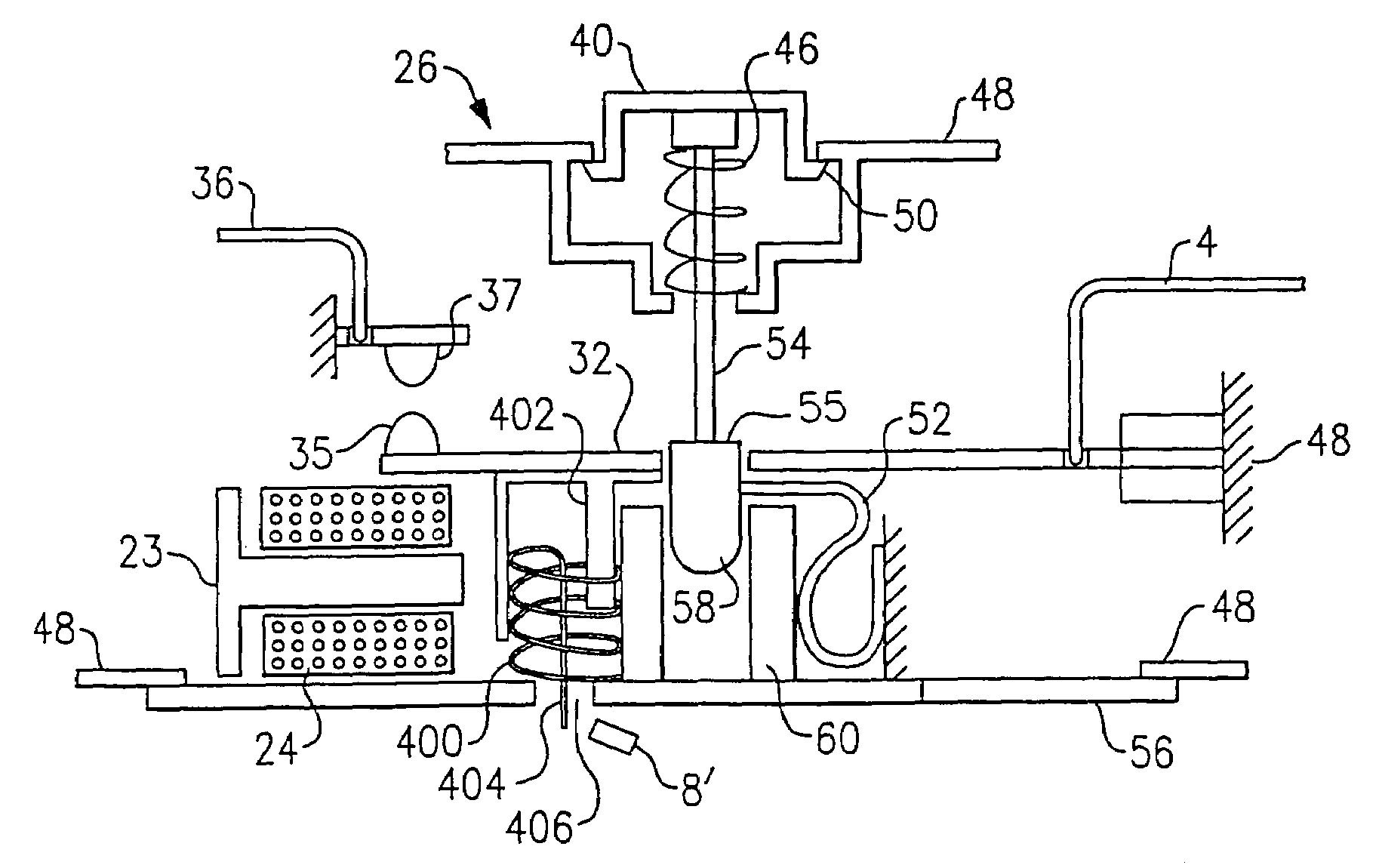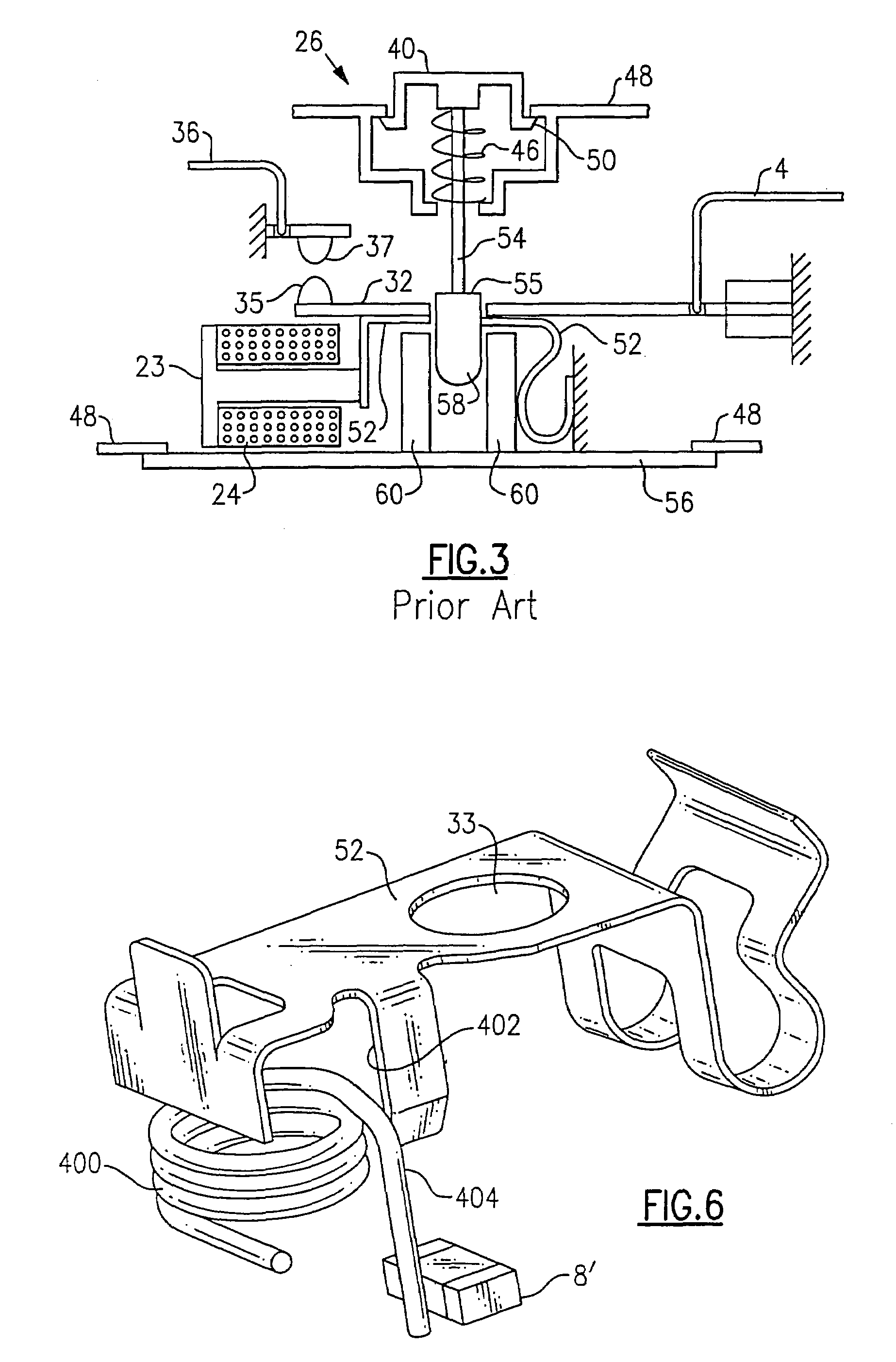Protection device with lockout test
a technology of protection device and lockout test, which is applied in the direction of emergency protective arrangement for limiting excess voltage/current, protective switch details, protective switch operating/release mechanisms, etc., and can solve the problems of life-threatening current flowing through the body of the person, limited current through this type of fault, and heat nearby combustible materials
- Summary
- Abstract
- Description
- Claims
- Application Information
AI Technical Summary
Benefits of technology
Problems solved by technology
Method used
Image
Examples
Embodiment Construction
[0033]Reference will now be made in detail to the present exemplary embodiments of the invention, examples of which are illustrated in the accompanying drawings. Wherever possible, the same reference numbers will be used throughout the drawings to refer to the same or like parts. An exemplary embodiment of the GFCI of the present invention is shown in FIGS. 4–13 and is designated generally throughout by reference numeral 2.
[0034]Referring to FIG. 4, a partial sectional view of a mechanical implementation of an embodiment of the invention is shown. A resistor 8′, shown schematically in FIG. 1 as resistor 8, is designed to withstand self-heating that results from each depression of contact 10, which causes current to flow through resistor 8′ for the expected trip time of the GFCI. For example, resistor 8′ for a 6 mA GFCI coupled to a 120 VAC supply is required by UL to be 15 KOhms, which dissipates nominally 0.96 Watts during each trip time interval. In particular, resistor 8′ must su...
PUM
 Login to View More
Login to View More Abstract
Description
Claims
Application Information
 Login to View More
Login to View More - R&D
- Intellectual Property
- Life Sciences
- Materials
- Tech Scout
- Unparalleled Data Quality
- Higher Quality Content
- 60% Fewer Hallucinations
Browse by: Latest US Patents, China's latest patents, Technical Efficacy Thesaurus, Application Domain, Technology Topic, Popular Technical Reports.
© 2025 PatSnap. All rights reserved.Legal|Privacy policy|Modern Slavery Act Transparency Statement|Sitemap|About US| Contact US: help@patsnap.com



